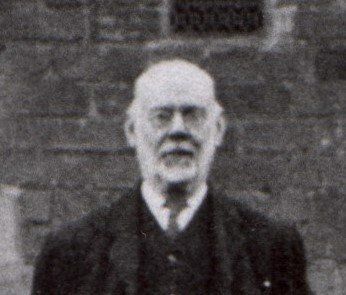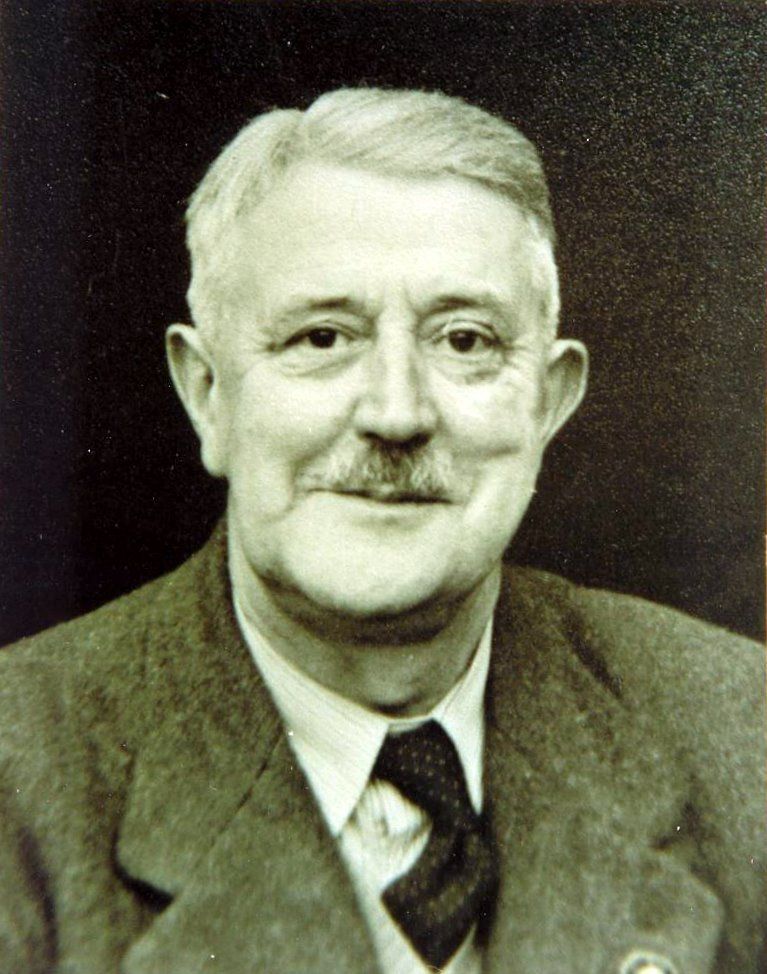Shincliffe Schools
The First School at Shincliffe Bank Top, built 1841.
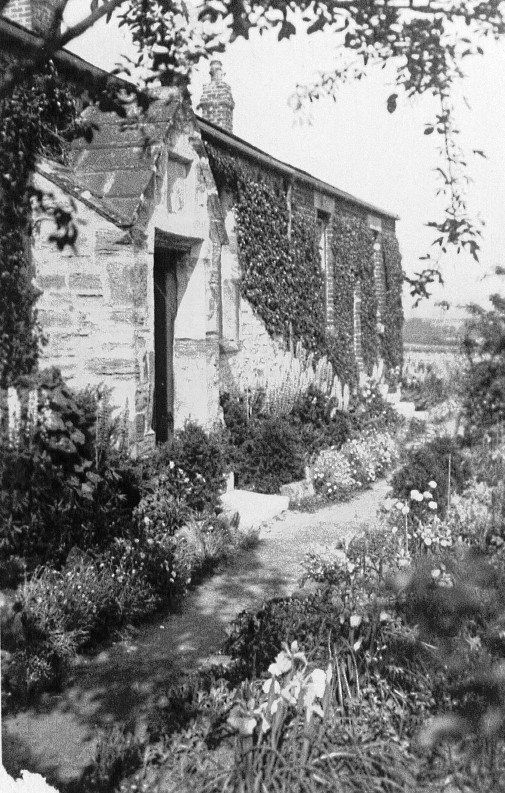
Until 1841 there were few opportunities for schooling in Shincliffe. Anyone could set up a ‘school’ in their own home and teach reading, writing and sometimes arithmetic, with varying degrees of effectiveness for a few pence per week. These schools, known as Dame Schools, seldom lasted for long and left behind no records.
By 1841 the population of Shincliffe had risen from 302 in 1831, to 1137. This was largely due to the opening of the colliery at Bank Top and the bringing of the railway from Sunderland to the village.
Since 1833 Government Grants towards the building of publicly owned schools had been available and Isaac Todd, the first Rector of Shincliffe, was able to obtain a grant of £82.0.0 towards the building of a Parochial School at Bank Top, close to the colliery. Altogether, with gifts from the Dean and Chapter, the colliery owners and others, the school was built for £300. It was large enough for 80 pupils and was opened in 1841 with Edward Henville as Master. The building still exists - converted into two cottages.
The school operated on the monitorial system where a number of the older children instructed the younger ones hearing them read, say their spellings, learn tables and supervise their writing on slates. The Master taught the older children and supervised the school from his high desk and chair at the front of the schoolroom. The school pence would be between 2d and 4d per week according to age, but the colliery owners made a contribution to the fees of their employee’s children.
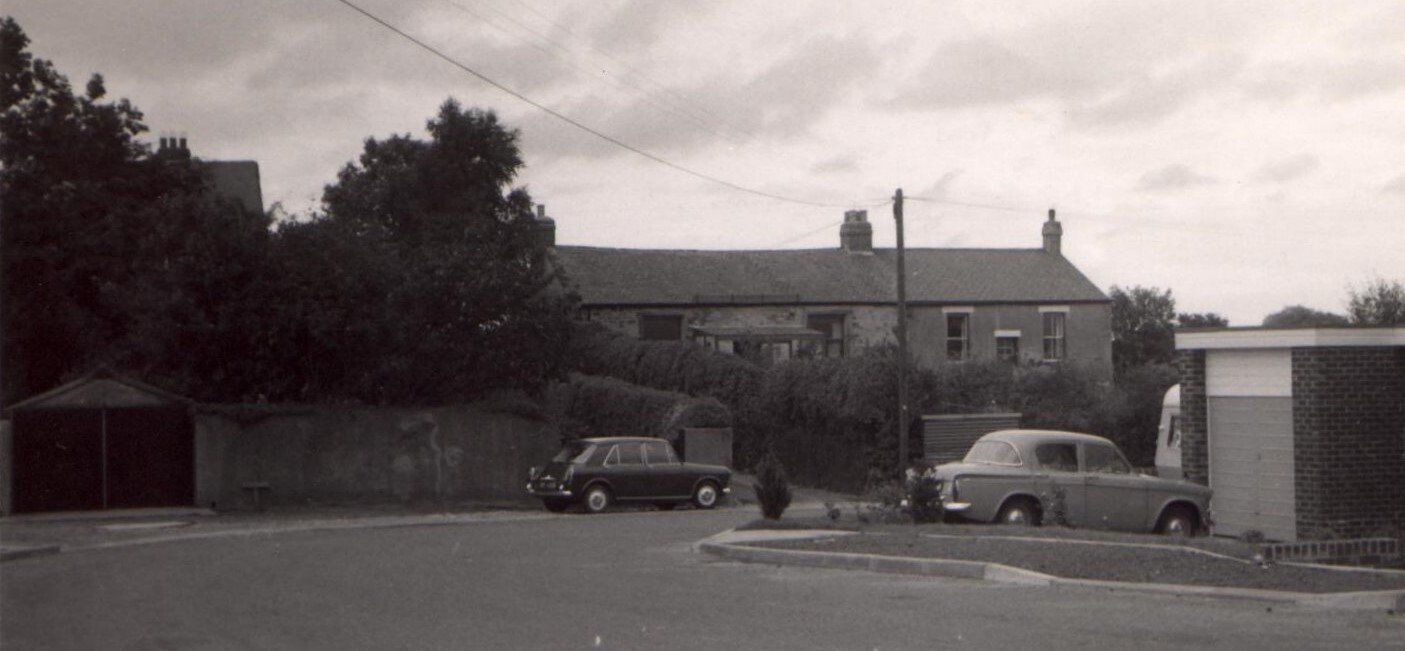
Above: The first school at Bank Top as two cottages, shown in its setting in Heathways.
Right: Ground plan of the Parochial school. (Note that the part of the building that became the right hand side cottage is not shown. It is speculated that this was added later as a school house.)
Below: Another view of the old school.
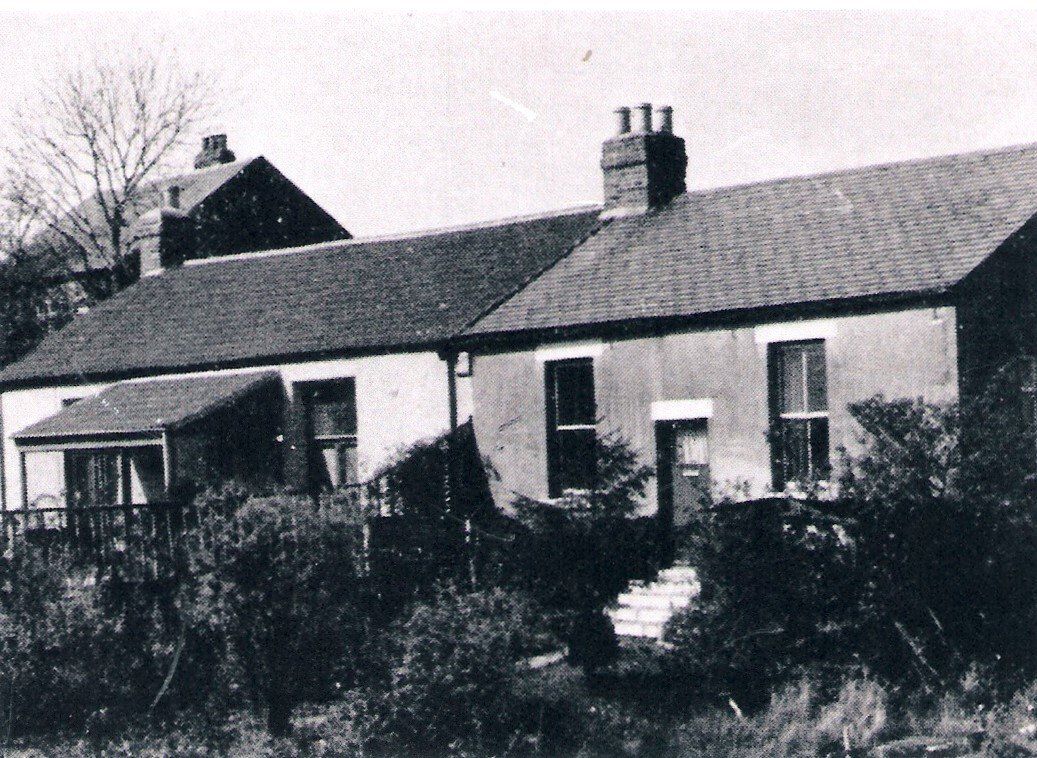
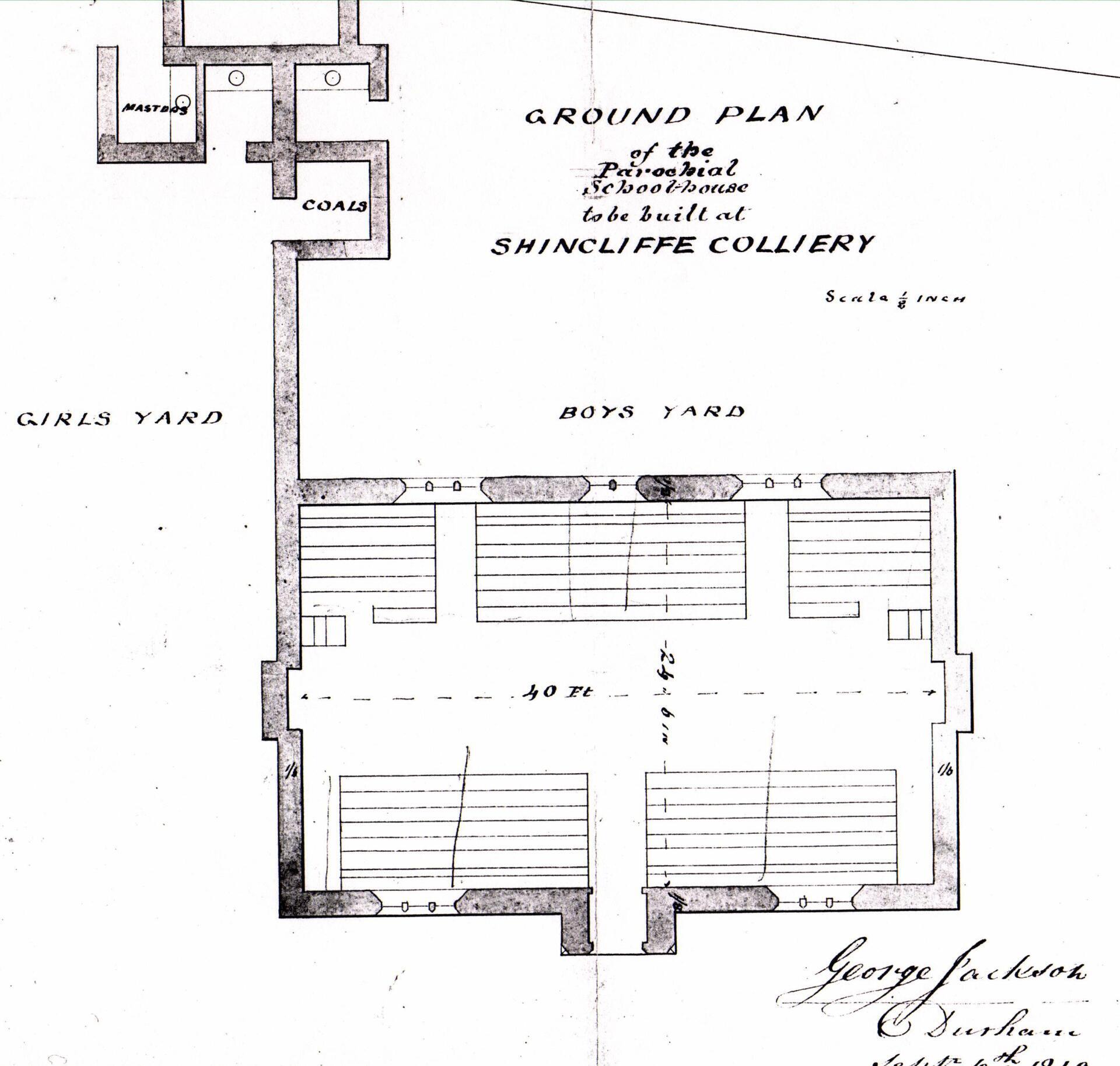
The First School at Bank Foot, built 1861.
By 1860, the Bank Top school was becoming overcrowded and the Dean and Chapter gave land at Bank Foot for the building of a new school. In 1861 with the aid of a government grant a school for 42 girls and 44 infants was built. (The boys continued to attend school at Bank Top.)
We have copies of plans for the school building, but unfortunately, no photographs. It was situated below the site of the 1866 school buildings and is believed to have been demolished some time after 1874 when the Second Bank Foot School was extended and the colliery school built.
Below and Right: Plans for the First School at Bank Foot.
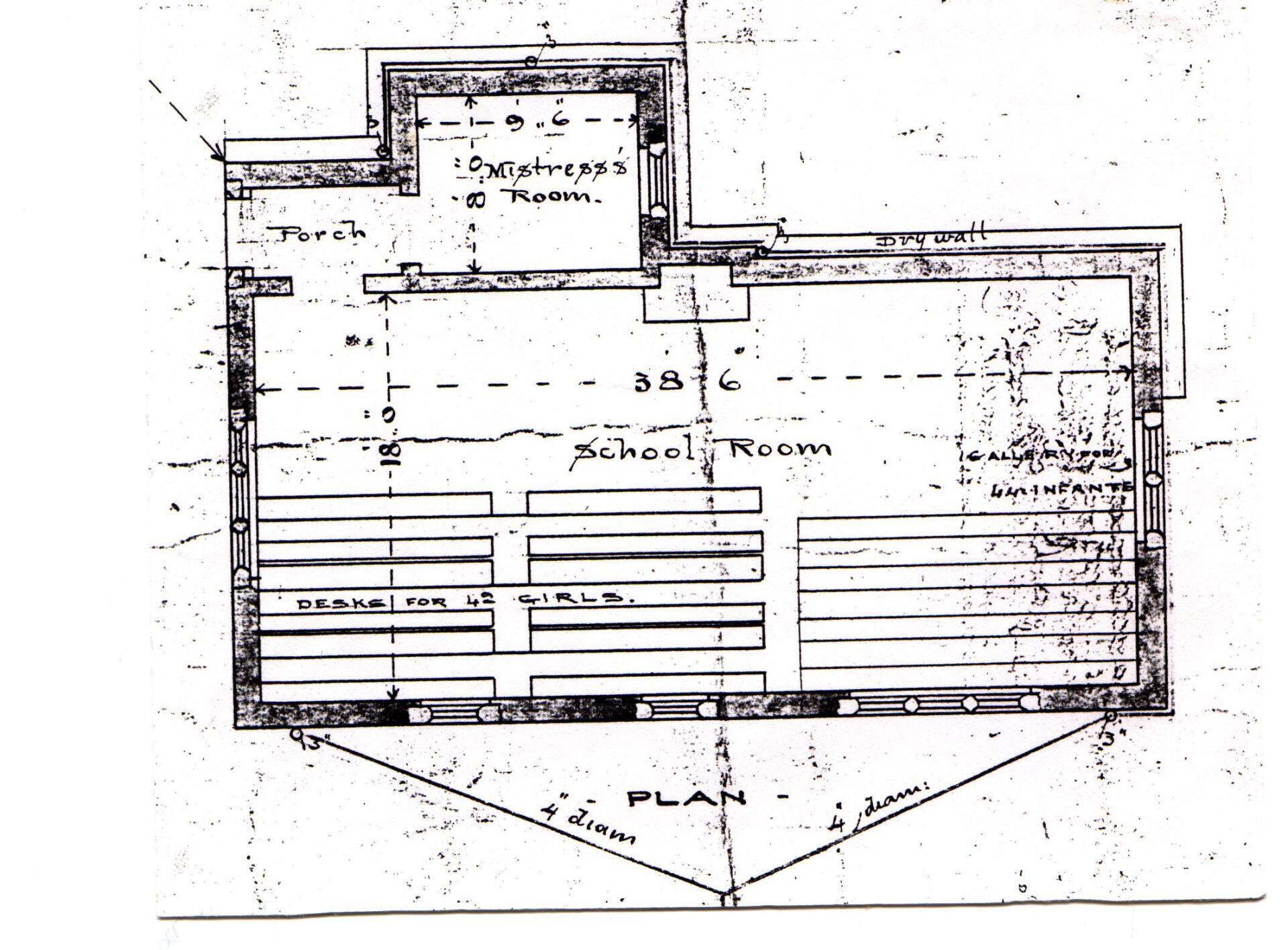


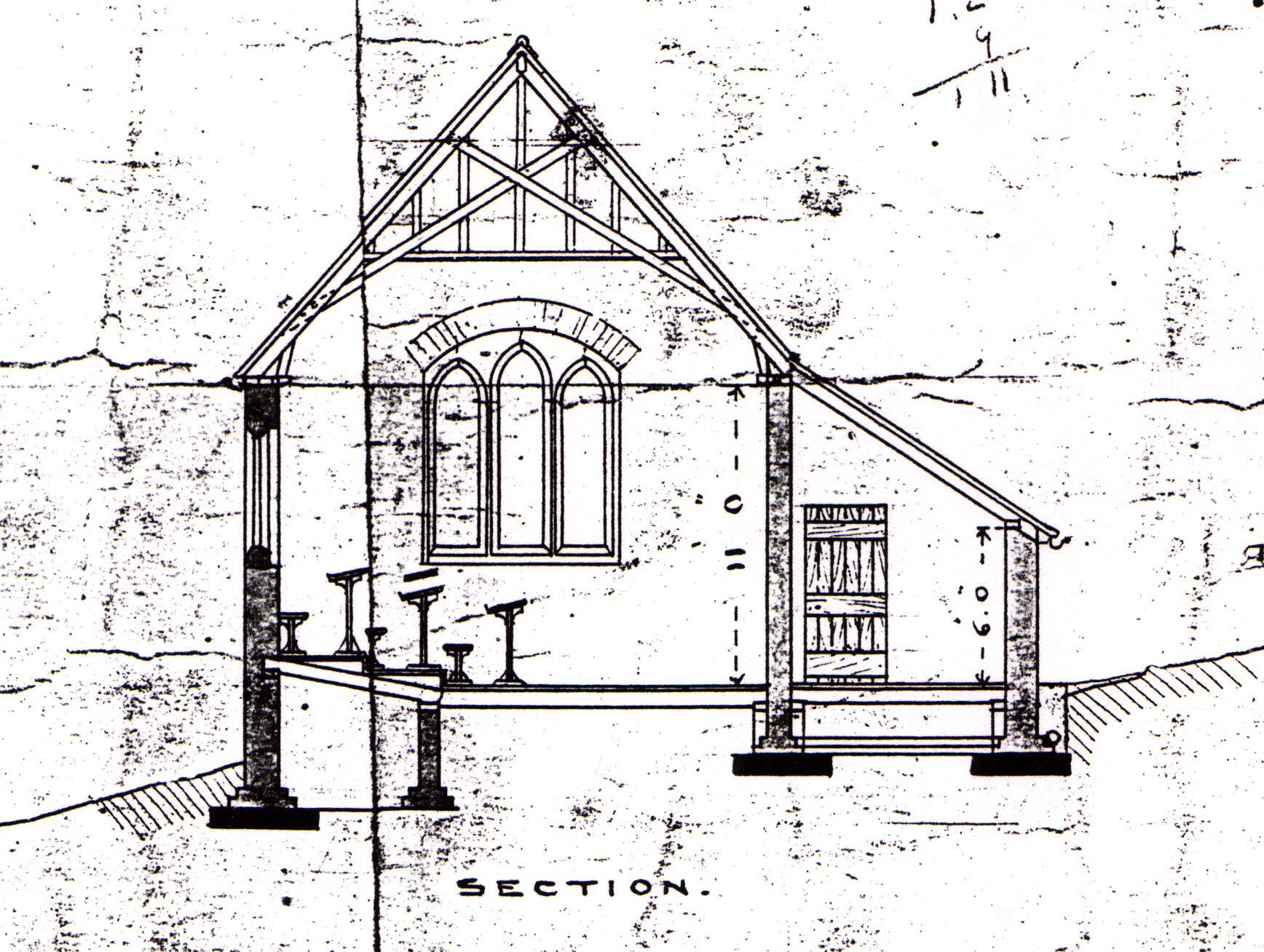
The Second School at Bank Foot, built 1866.
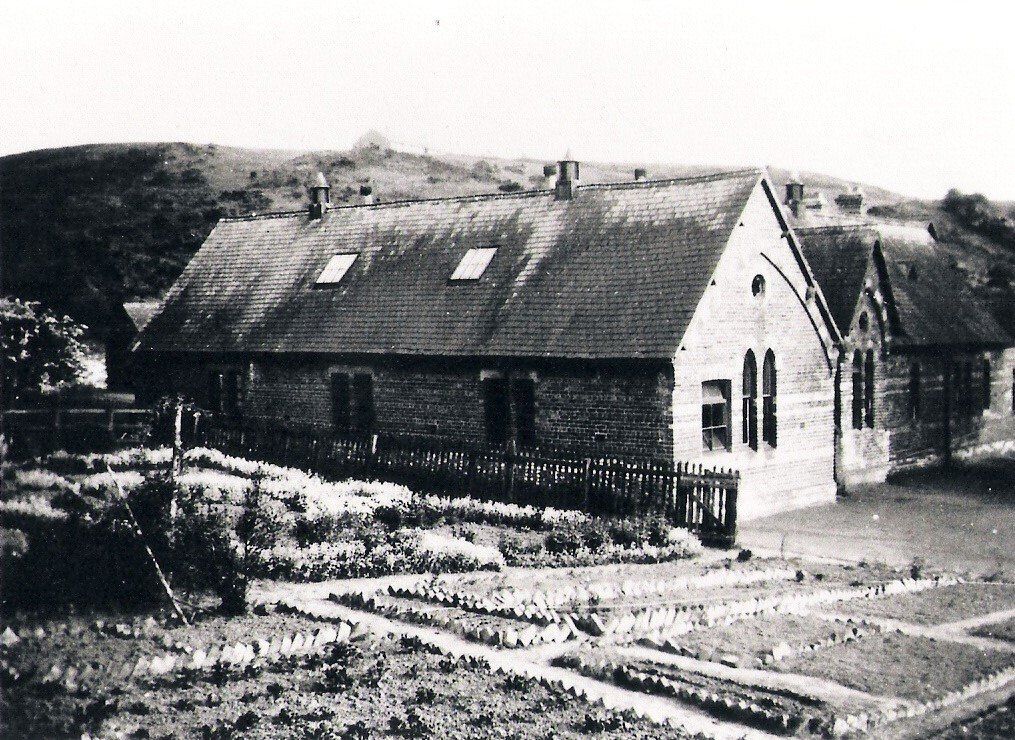
Above: The Second School at Bank Foot before 20th century alterations
By 1866 the existing school premises had once again become overcrowded and were inappropriate for the method of teaching using pupil teachers which had come into use after 1840. Once again, the Dean and Chapter gave a site, a Government grant of £128.15.0 was obtained and £644.1.0 was raised by public subscription.
The new building, which consisted of the school house and adjacent school room, faced west overlooking the existing school. The girls and infants moved into the new school, the Old School at Bank Top was closed and sold for £300, which went towards the building of the new school. The boys then moved into what had been the girls’ and infants’ school.
This was a time when schools had become under increasing pressure to improve both accommodation and quality of teaching. Since 1862 the System of Payment by Results had been in operation which made the Annual Grant dependent largely upon the children passing an examination
in the 3Rs conducted by Her Majesty’s Inspector.
Below: Plans for the second school and School House at Bank Foot
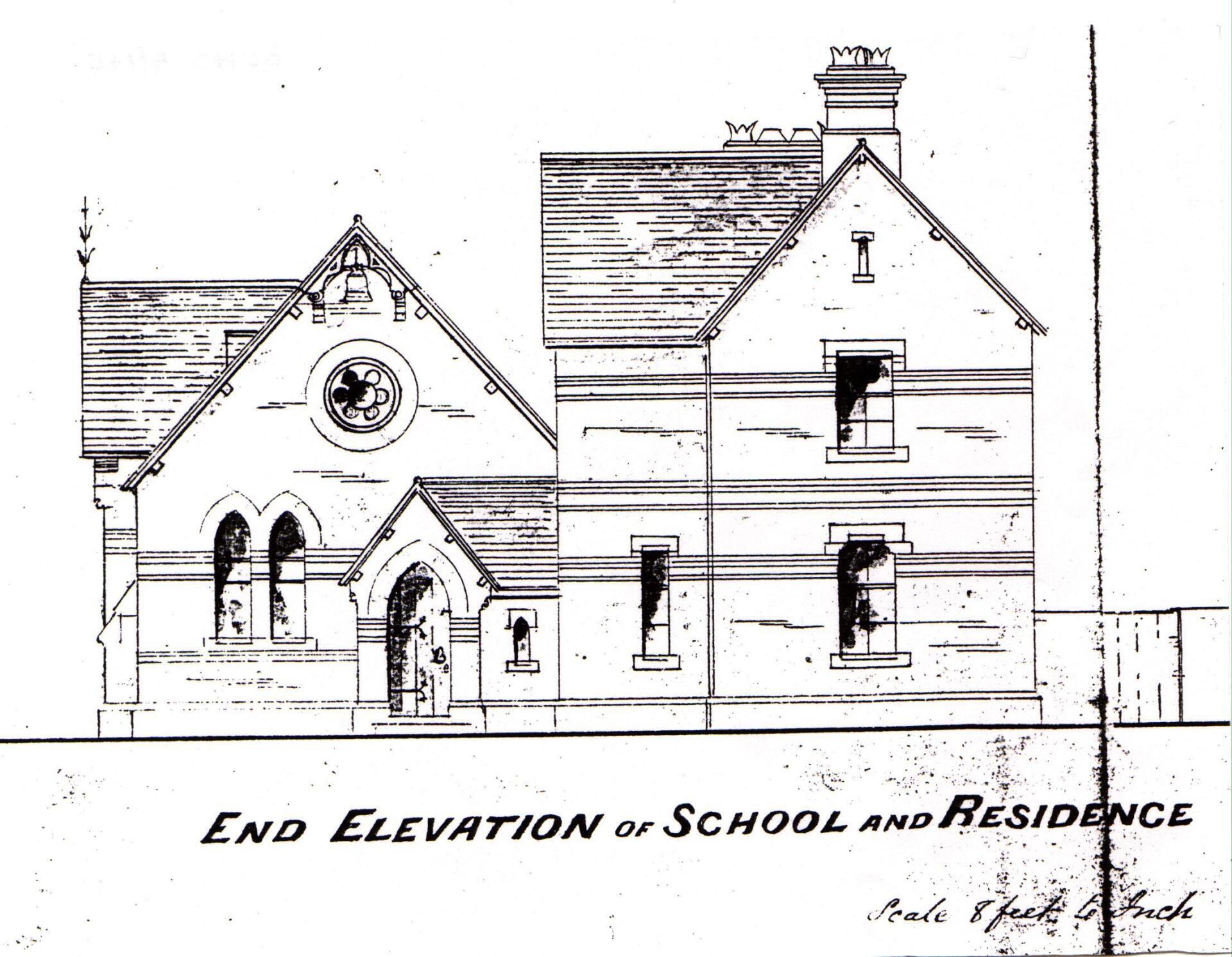
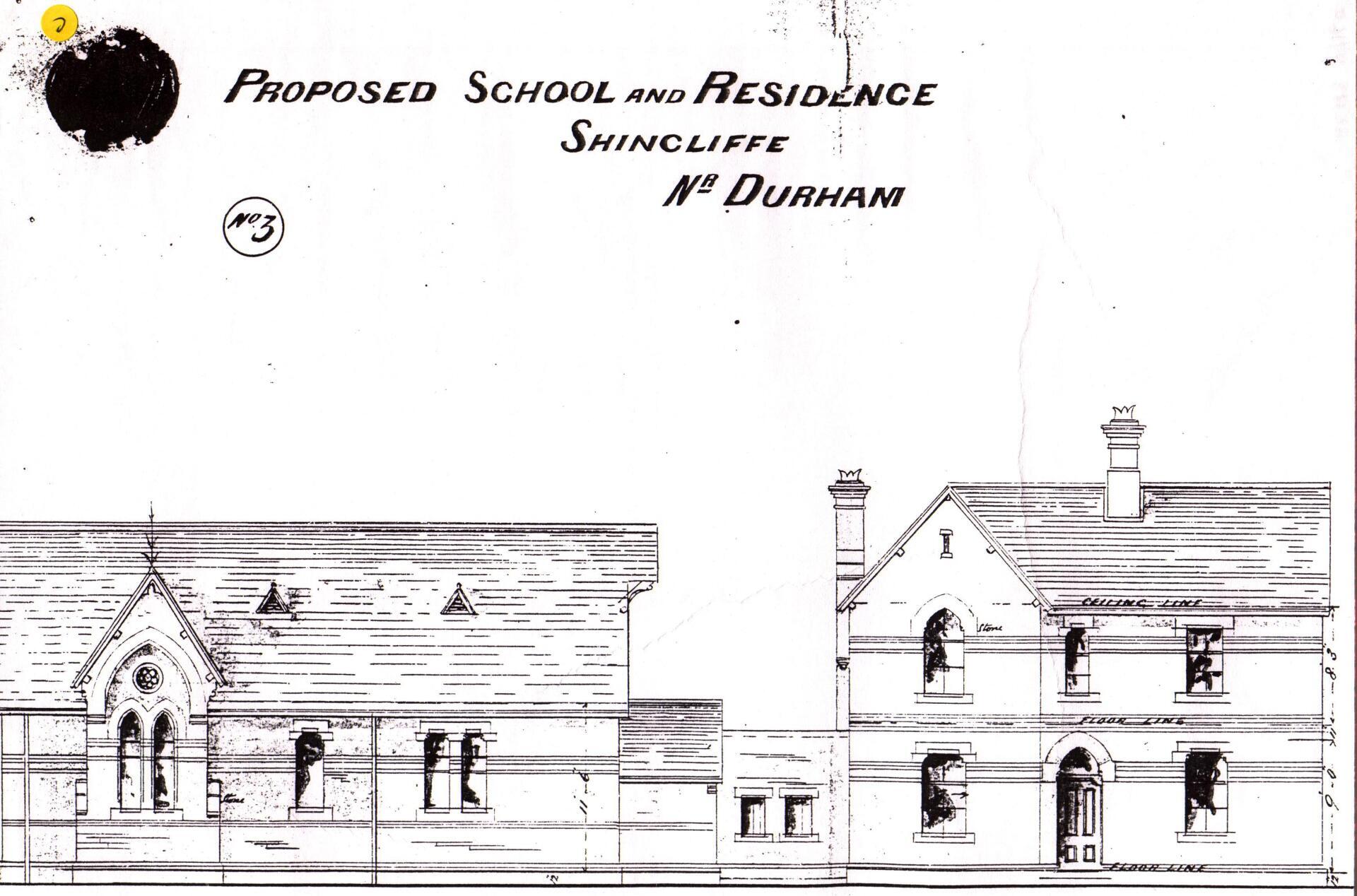
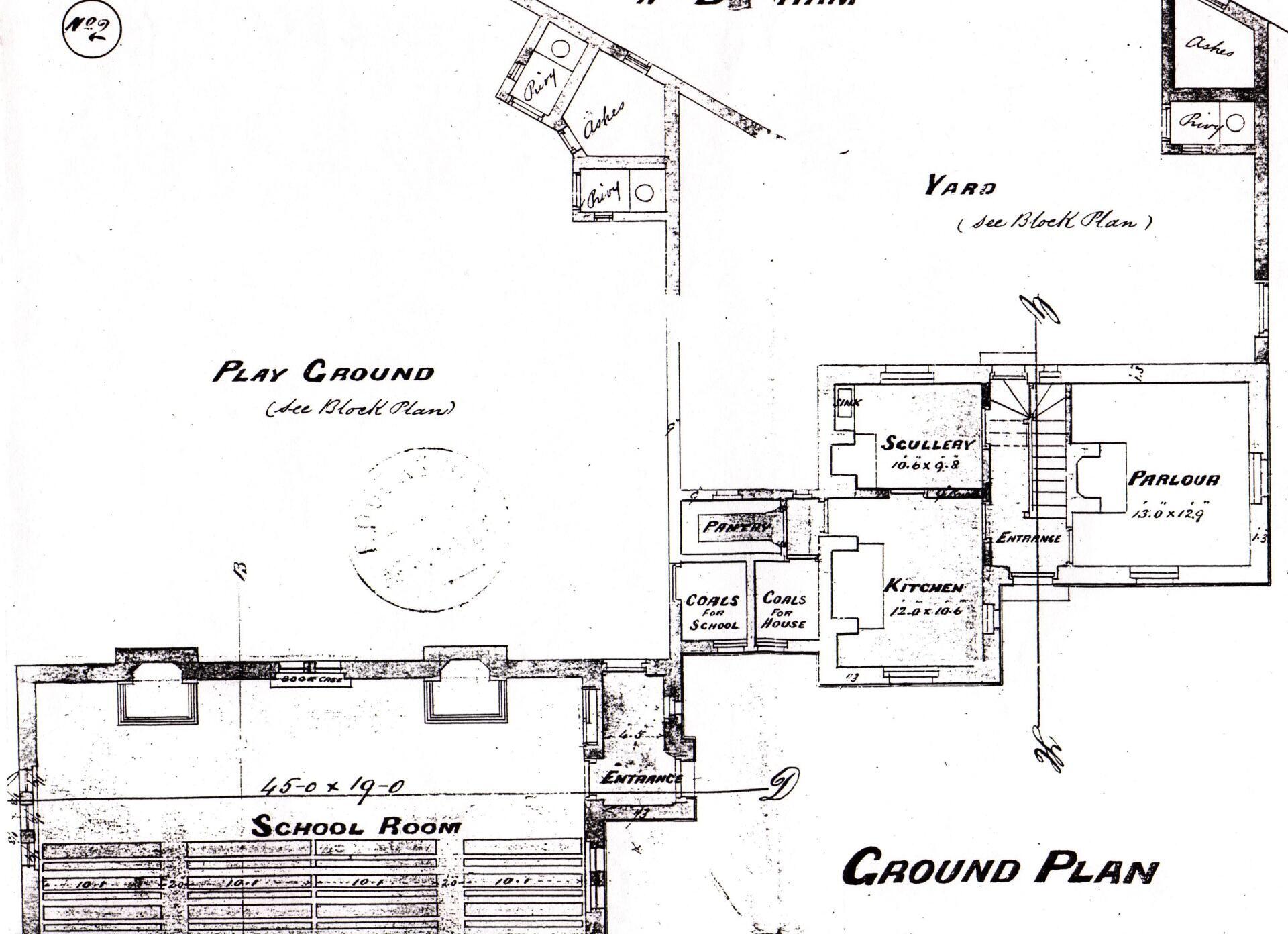
Schooling 1870 - 1886 and The Colliery School 1874 - 1886.
From 1870 Shincliffe, like everywhere else, was required to provide school places for all children, although attendance was not compulsory until 1880. Shincliffe needed to increase the number of places by almost 70%. The Church provided an extension to its school at Bank Foot and the colliery owners built a new school at Bank Top. Both were opened in 1874.
In 1875 Shincliffe Colliery began to run into difficulties and the workforce was gradually reduced until closure finally came in 1886. The Church School at Bank Foot suffered most from the falling population and was forced to close in 1881 but reopened, with Mr John Carr as Master and 147 children on roll, when the colliery and its school closed in 1886.

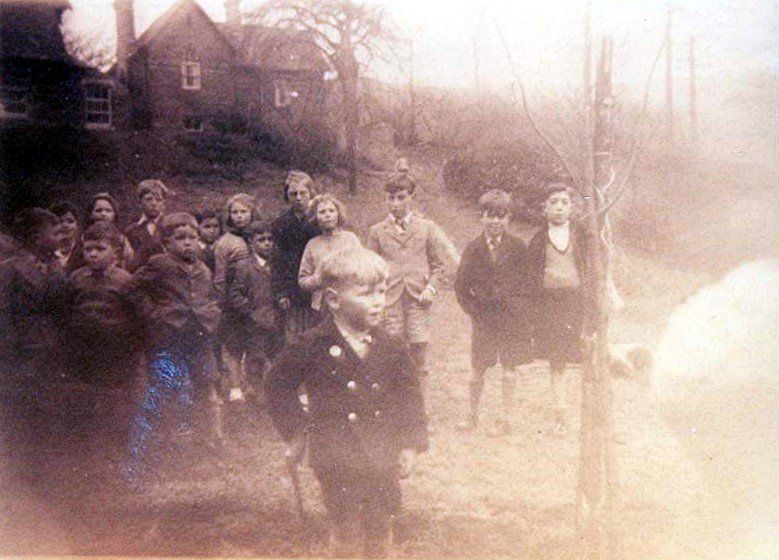
School children at Bank Foot, with the School House in the background.
The tree planted for the coronation of Queen Elizabeth II is visible in the foreground, giving a date of 1953.
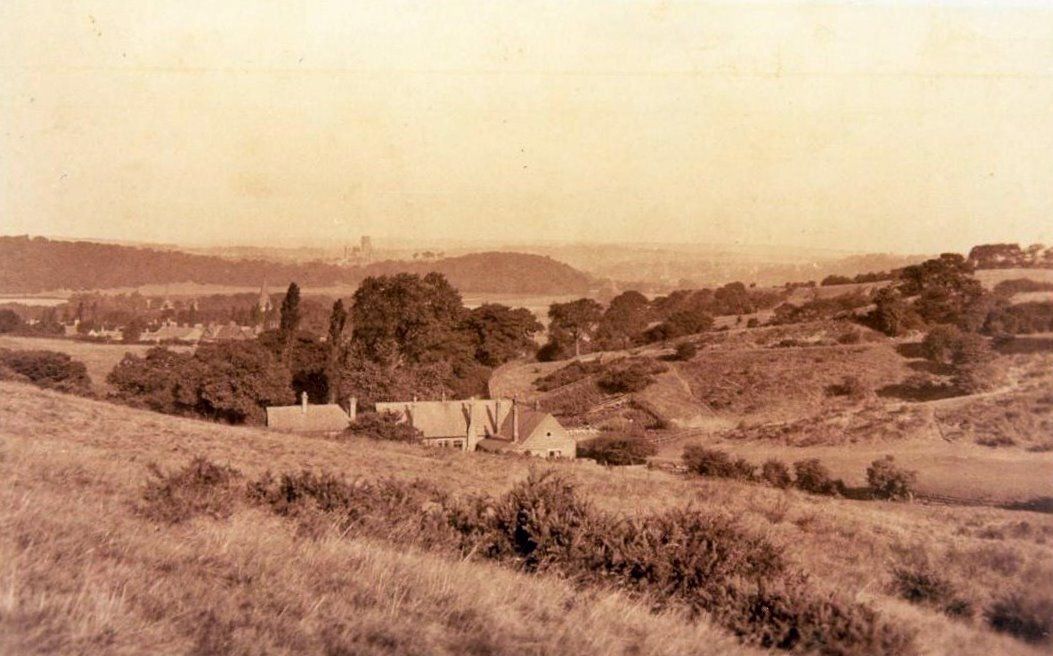
Bank Foot school viewed from Shincliffe Bank. (Date unknown.) Note Shincliffe Village in the middle distance on the left and Durham Cathedral on the skyline.
Shincliffe School in the 20th Century
After 1886 Shincliffe School entered a period of relative stability and established itself as an important part of the fabric of village life. In 1921 Mr Harry Appleton replaced Mr Carr as Head Teacher; a school garden was developed and Miss Alice Chapelow, who later became Head Teacher, joined the staff in 1934. The second World War brought evacuees, air-raid shelters and took the Head Teacher away on military service.
In 1949 the school lost its senior pupils and became Shincliffe Church of England Junior Mixed and Infant School, but then in the early 1960s it came under threat of closure once again. However, the residential building at what is now High Shincliffe, which began with Hill Meadows in 1964, secured its future and resulted in the building of the present school in High Shincliffe in 1968.
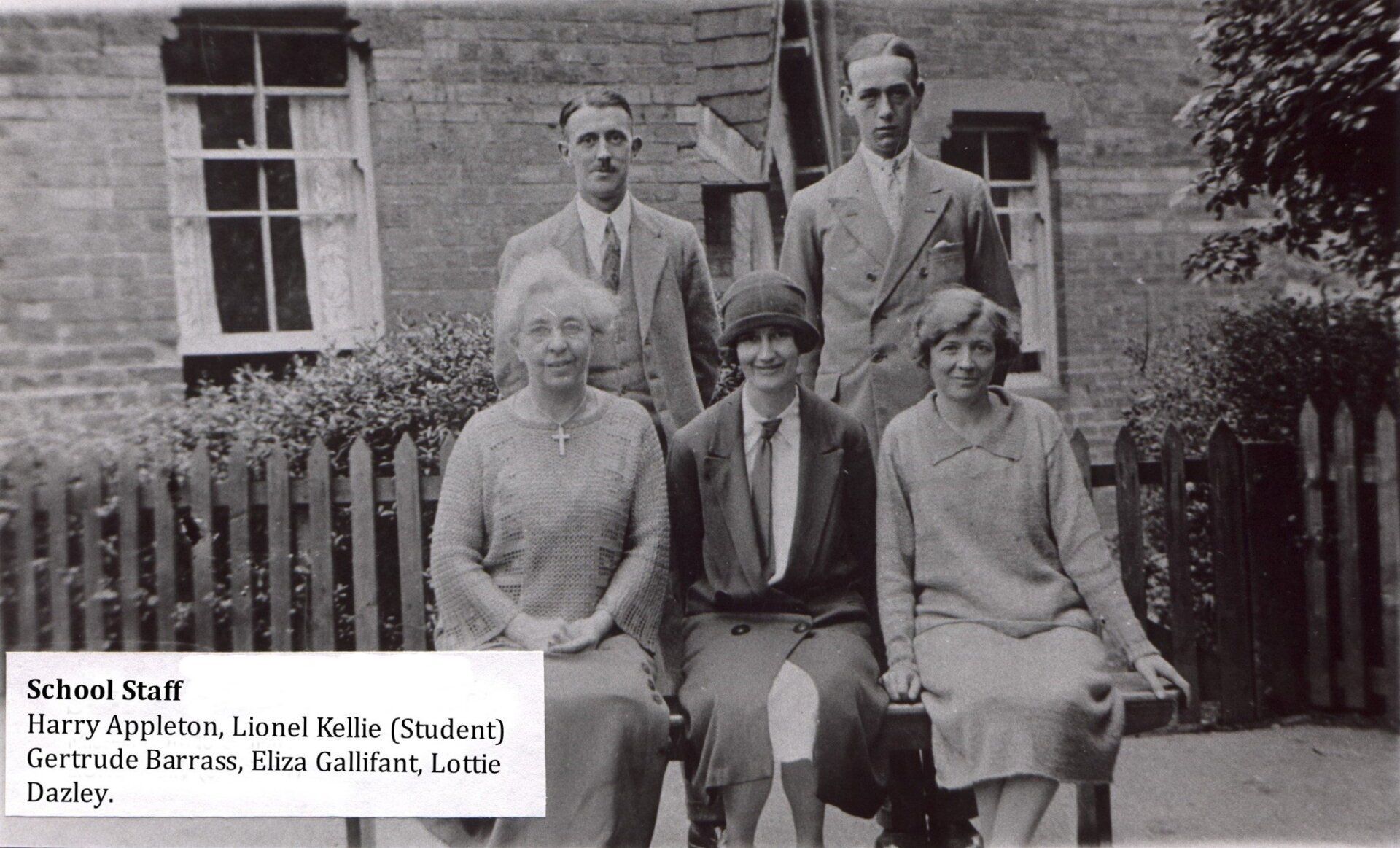
Harry Appleton and staff in the second half of the 1920s. He was appointed Headmaster in 1921. (The exact date of the photograph is uncertain, but, Lionel Kellie was born in 1908, making him 18 in 1926, and Eliza Gallifant died in 1930.)
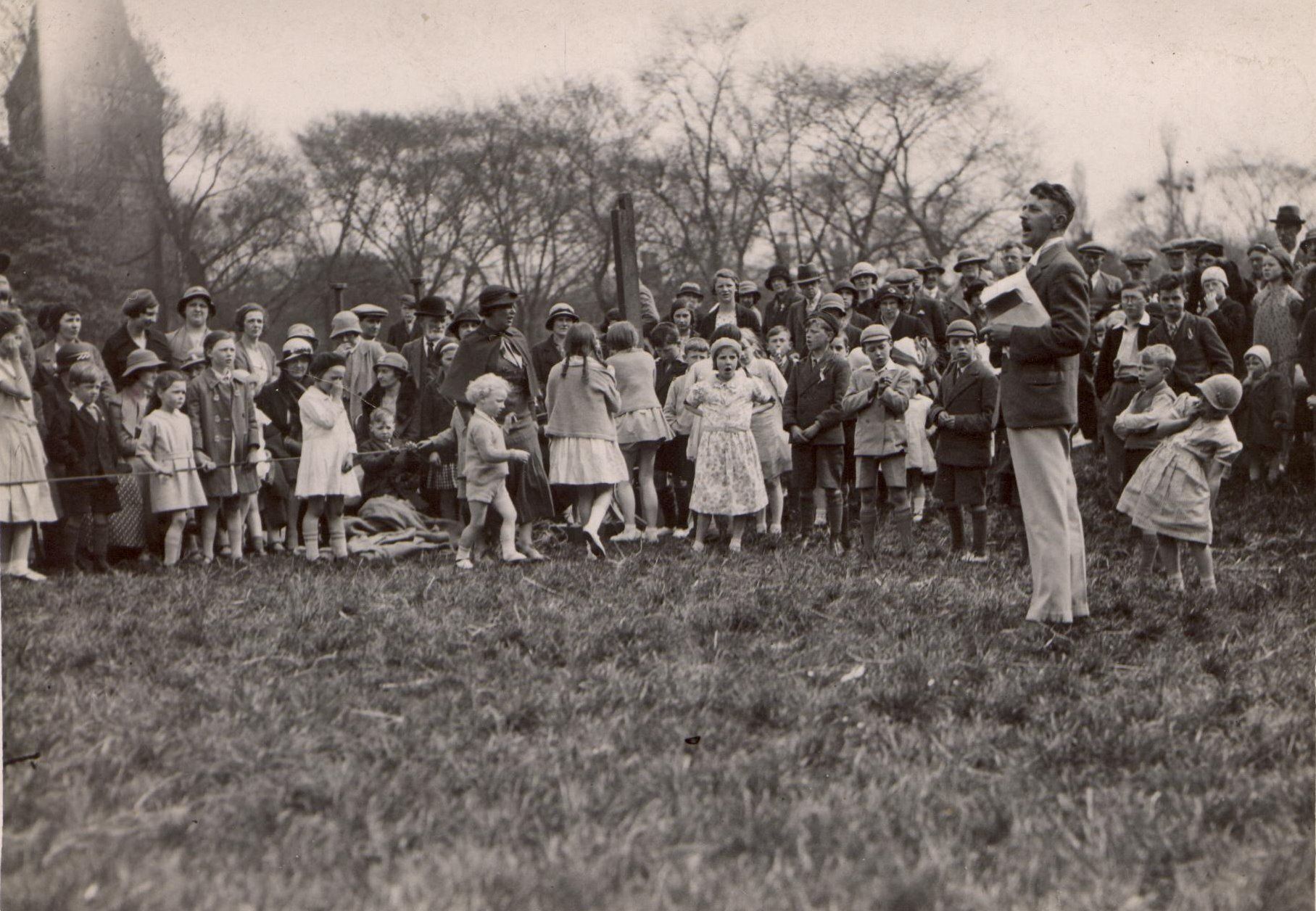
Above: Sports Day on the old Cricket ground in 1935 - Harry Appleton in charge. (Note St Mary's Church top left.)
Click on the text to read:
Below: Harry Appleton leads the children up Shincliffe Bank, with Lottie Dazley and Alice Chapelow. (Date unknown, but post spring 1953 as the Coronation Tree is visible in the background and pre summer 1955 when Harry Appleton and Lottie Dazley retired.)

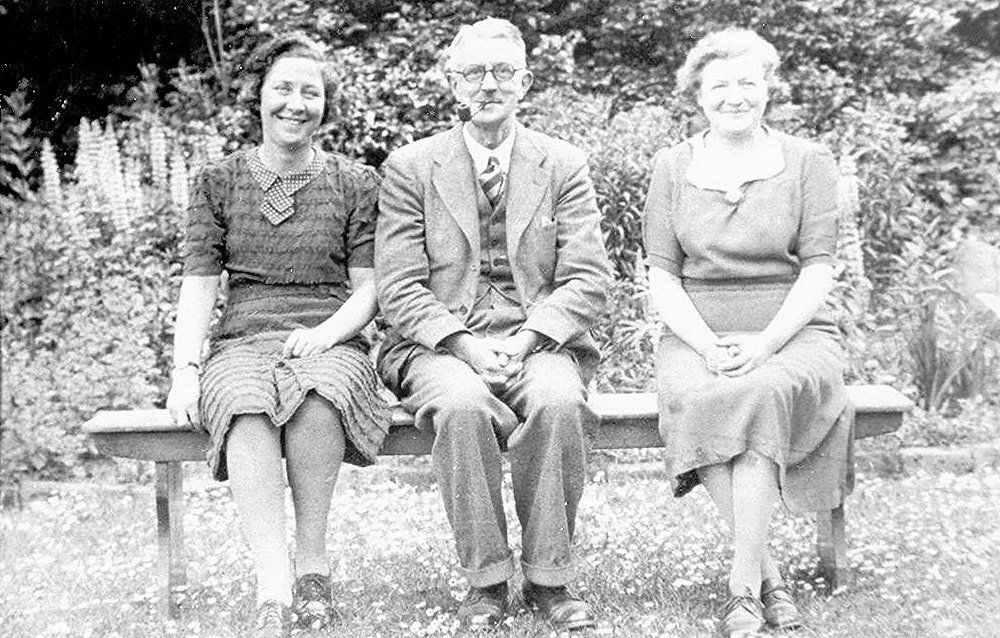
Above: Alice Chapelow, Harry Appleton and Lottie Dazley
Below: Lottie Dazley and Harry Appleton, pose for the local press on their retirement in July 1955. Both had attended Shincliffe school as pupils.

Harry Appleton retired in July 1955 and Alice Chapelow was appointed Head Teacher in January of the following year. She remained in post to see the school move to new premises in High Shincliffe in 1968.
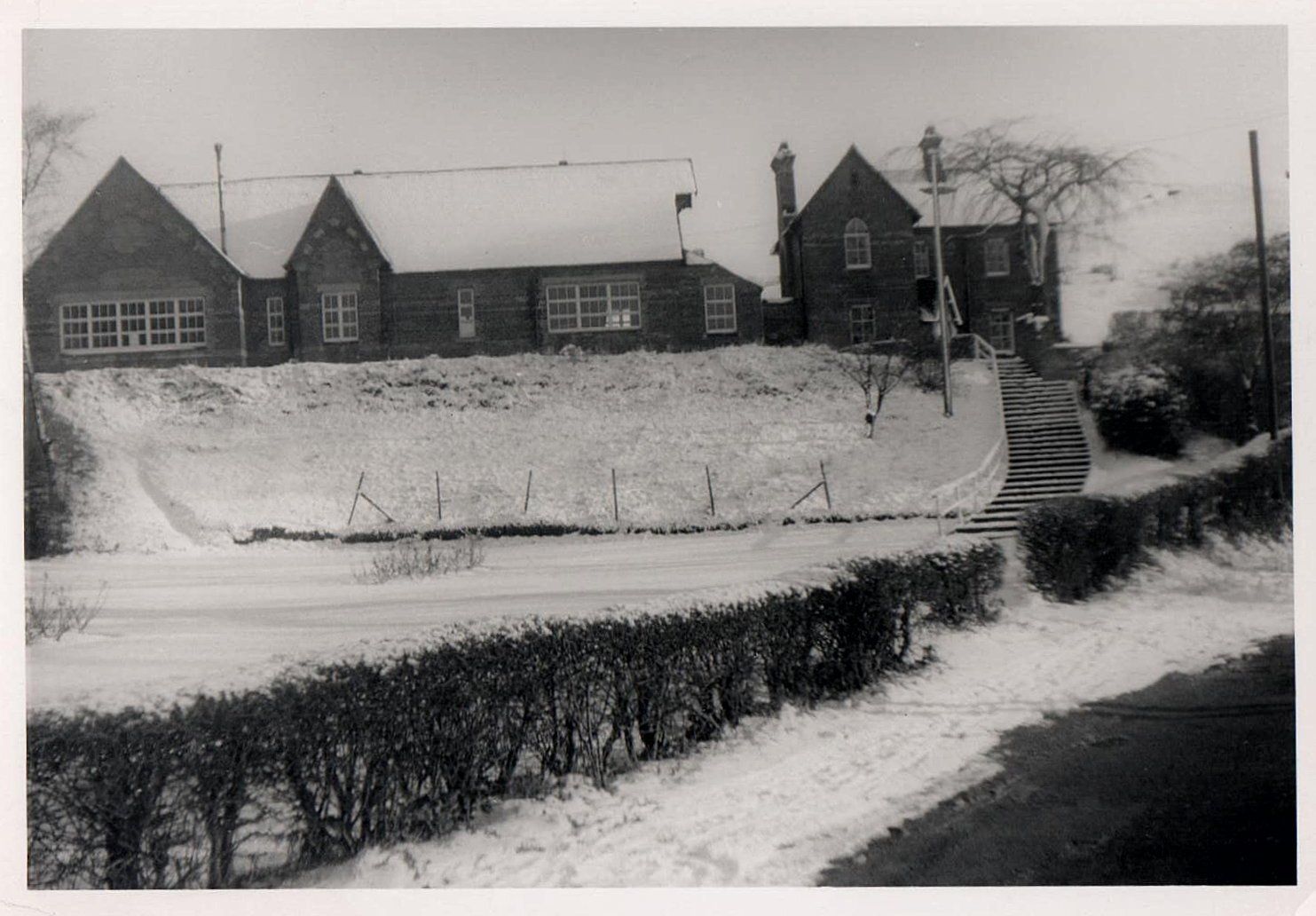
Two views of the Second School at Bank Foot.
Above: The School and School House in the 1960s, and
Right: Bank Foot School, 1968, at the time of closure.
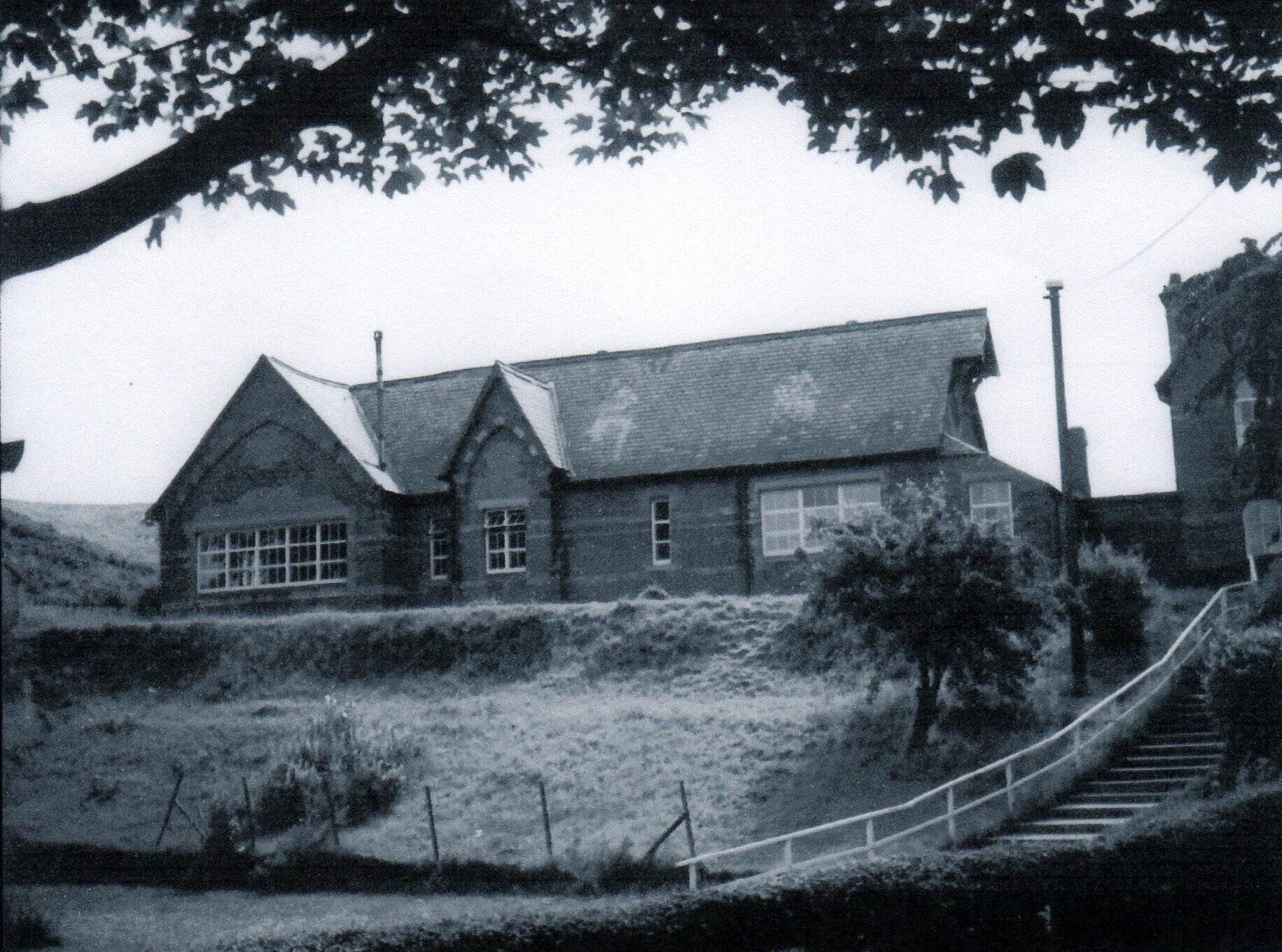
Below: Pupils, staff and Canon Lathaen, Rector of St Mary's, together for one last time at Bank Foot school before the move to High Shincliffe.

Shincliffe CE Primary School, built 1968.
Below: An early photograph of Shincliffe Primary School at High Shincliffe, built in 1968.
Right: Official opening of school in 1969 with Miss Alice Chapelow, Head Teacher, The Rt. Rev. Dr Ian Ramsay, Bishop of Durham, and Canon Alan Lathaen, Rector of St Mary's Shincliffe.
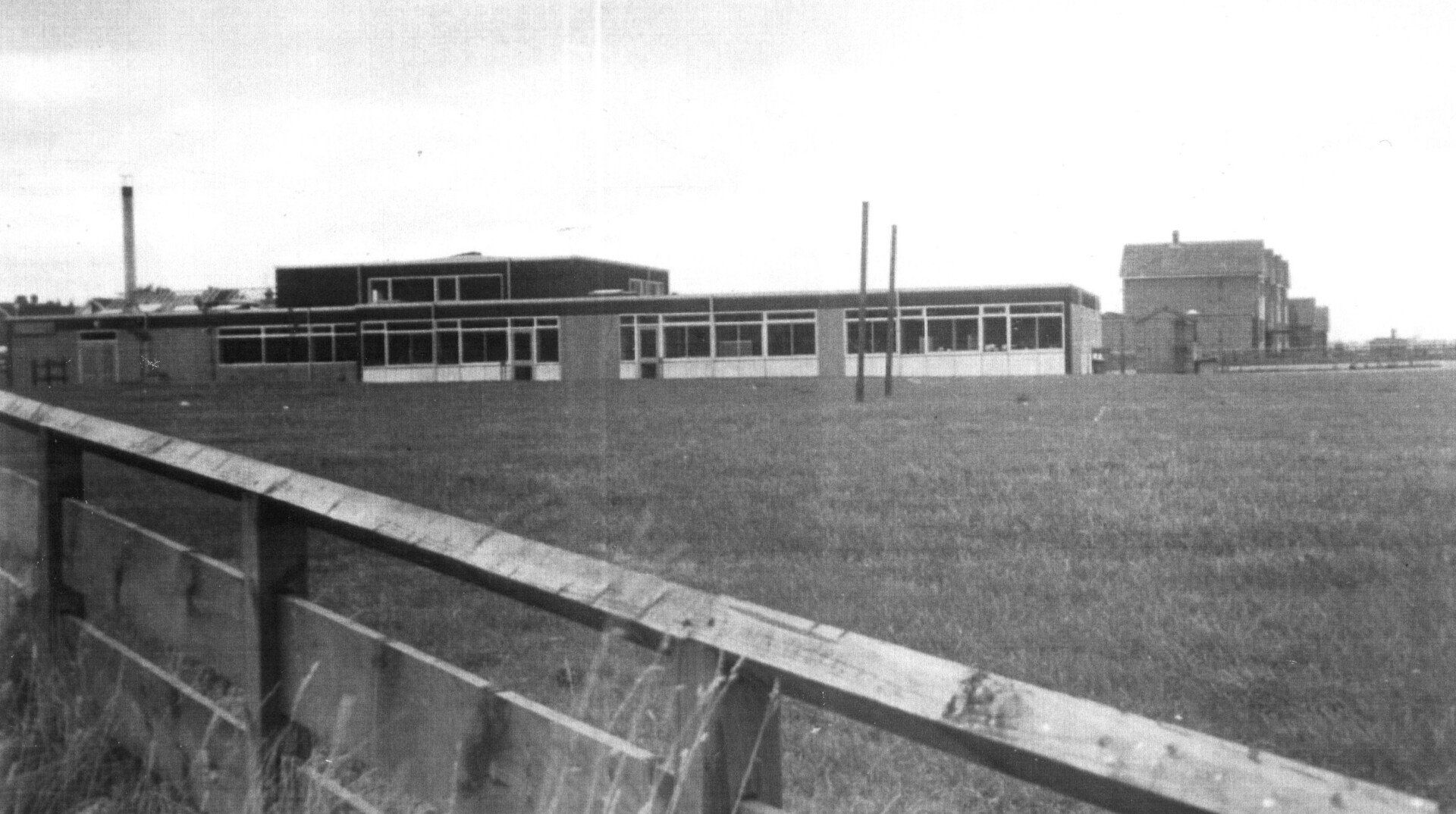

Visit Shincliffe C.E. Primary School website (external site)
Click on the text to read:
Michael Lowes, Elementary Schooling in Shincliffe, 1994
(A shorter, edited version of this paper was used for the Parish Council Centenary Exhibition in 1994, and is the main source for the text on this page.)
Background picture is the Second School at Bank Foot (built 1866).


